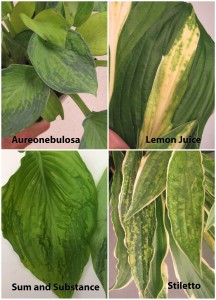
Hosta Virus X: Multiple Detections in NC
After a long winter’s nap, Hosta virus X (HVX) has emerged again. We usually see only one or two …



El inglés es el idioma de control de esta página. En la medida en que haya algún conflicto entre la traducción al inglés y la traducción, el inglés prevalece.
Al hacer clic en el enlace de traducción se activa un servicio de traducción gratuito para convertir la página al español. Al igual que con cualquier traducción por Internet, la conversión no es sensible al contexto y puede que no traduzca el texto en su significado original. NC State Extension no garantiza la exactitud del texto traducido. Por favor, tenga en cuenta que algunas aplicaciones y/o servicios pueden no funcionar como se espera cuando se traducen.
Inglês é o idioma de controle desta página. Na medida que haja algum conflito entre o texto original em Inglês e a tradução, o Inglês prevalece.
Ao clicar no link de tradução, um serviço gratuito de tradução será ativado para converter a página para o Português. Como em qualquer tradução pela internet, a conversão não é sensivel ao contexto e pode não ocorrer a tradução para o significado orginal. O serviço de Extensão da Carolina do Norte (NC State Extension) não garante a exatidão do texto traduzido. Por favor, observe que algumas funções ou serviços podem não funcionar como esperado após a tradução.
English is the controlling language of this page. To the extent there is any conflict between the English text and the translation, English controls.
Clicking on the translation link activates a free translation service to convert the page to Spanish. As with any Internet translation, the conversion is not context-sensitive and may not translate the text to its original meaning. NC State Extension does not guarantee the accuracy of the translated text. Please note that some applications and/or services may not function as expected when translated.
Collapse ▲
After a long winter’s nap, Hosta virus X (HVX) has emerged again. We usually see only one or two …
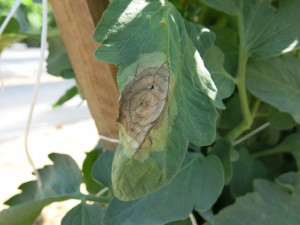
Late blight, caused by Phytophthora infestans, was detected on tomato in a home garden in Beaufort County, SC on …

Figure 1. Hearing the forecast for freezing rain last night, Bob and Sam Hall opted to remove all of …
Dear Strawberry Growers – I received this weather update yesterday by Dr. Jay Schlegel for growers in Mid-Atlantic region. …
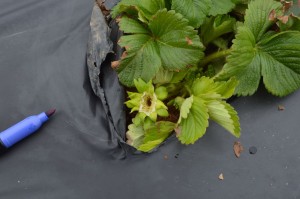
Good morning! In a visit through our western piedmont on 3/20/15 (first day of spring), I observed some cold damage …
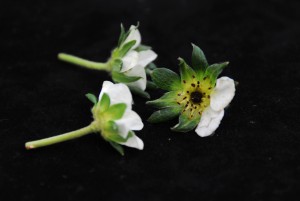
Good morning! I know that many of you are in the field this morning “working ahead of rains” coming later …
Happy New Year! Now is a great time to start thinking about ways to improve your production practices for …
The Southern Region Small Fruit Consortium (SRSFC) 2015StrawberryIPMGuide is now available. This annually updated guide contains information on insect, weed, and …

Deer damage to month old Chandler plugs – Alamance County, NC In just a matter of a few days, deer …
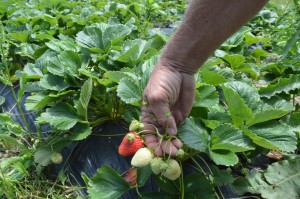
In this Advisory: 1. Informal discussion of strawberry varieties, including the day-neutral Albion 2. June checklist – what needs “doing” right …

It is with heavy heart that I must share the sad news of John Vollmer’s passing yesterday afternoon. The …
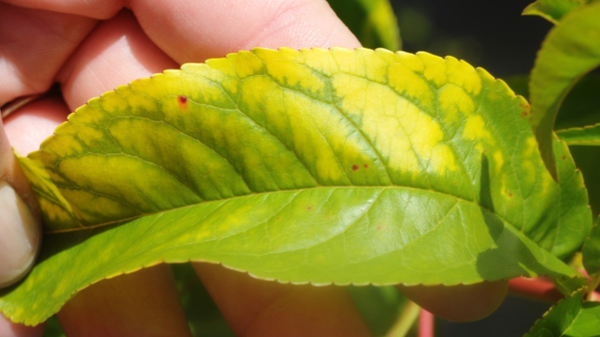
This factsheet describes the symptoms of a photosystem II (PS II) inhibitor herbicide injury.
This publication, chapter 7 of the North Carolina Soybean Production Guide, discusses disease management in …

Southern bacterial wilt of tomatoes is addressed in this factsheet.

Similar to zoysiagrass mites, bermudagrass (Eriophyes cynodoniensis) mites are tiny, worm-like arachnids present in the …

This vegetable pathology factsheet describes the identification and treatment of anthracnose of pepper.

Establishing and maintaining quality annual color beds requires a plan to prevent and control weeds. …

This publication describes the invasive Callery pear species, its offspring, and how it can harm …
This factsheet describes the biology of the cane lace bug or bamboo lace bug, Leptodictya …